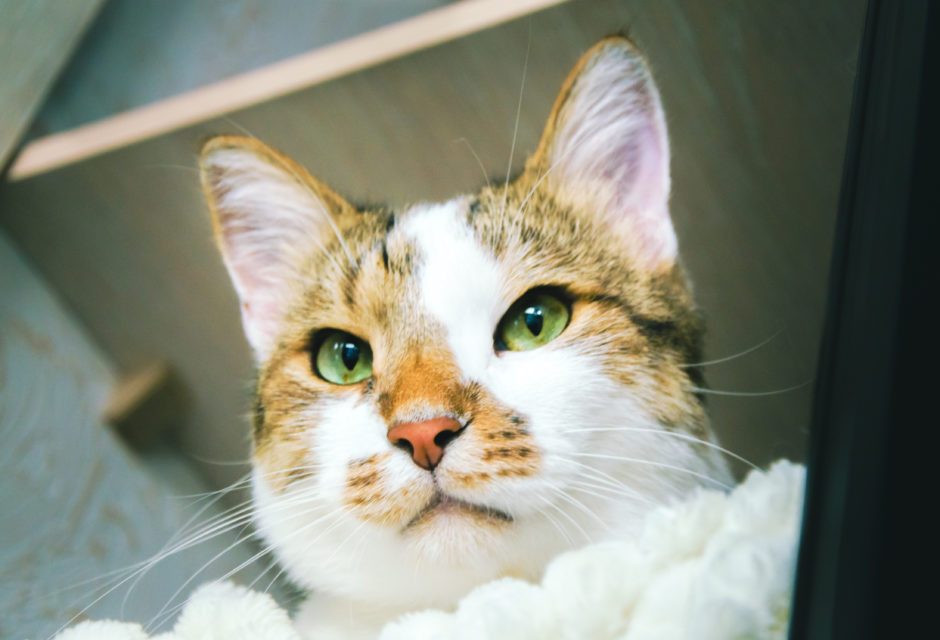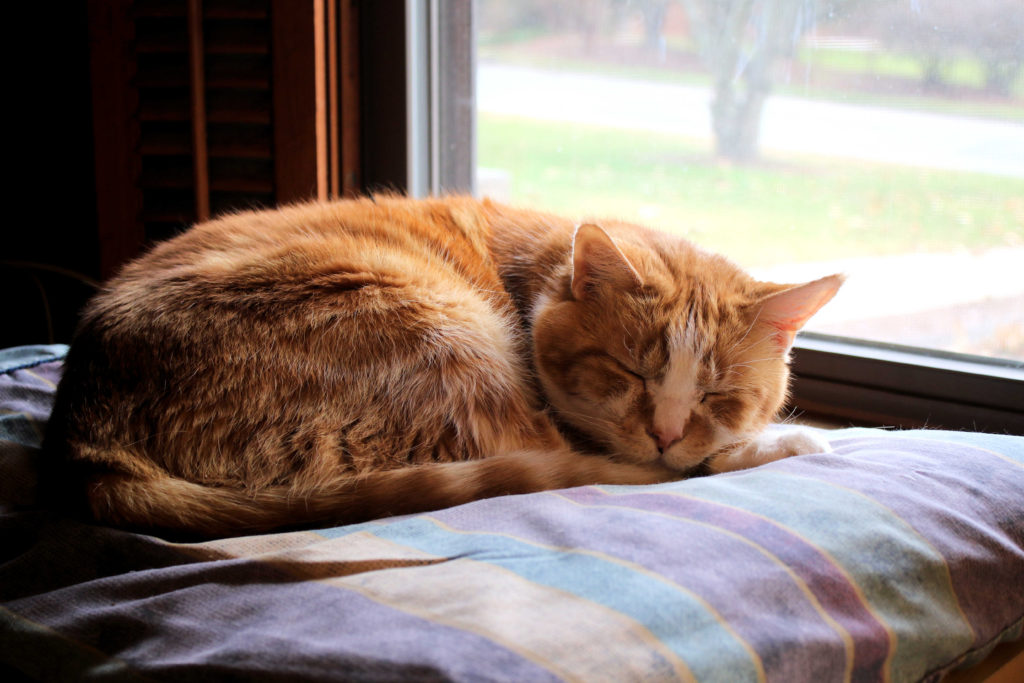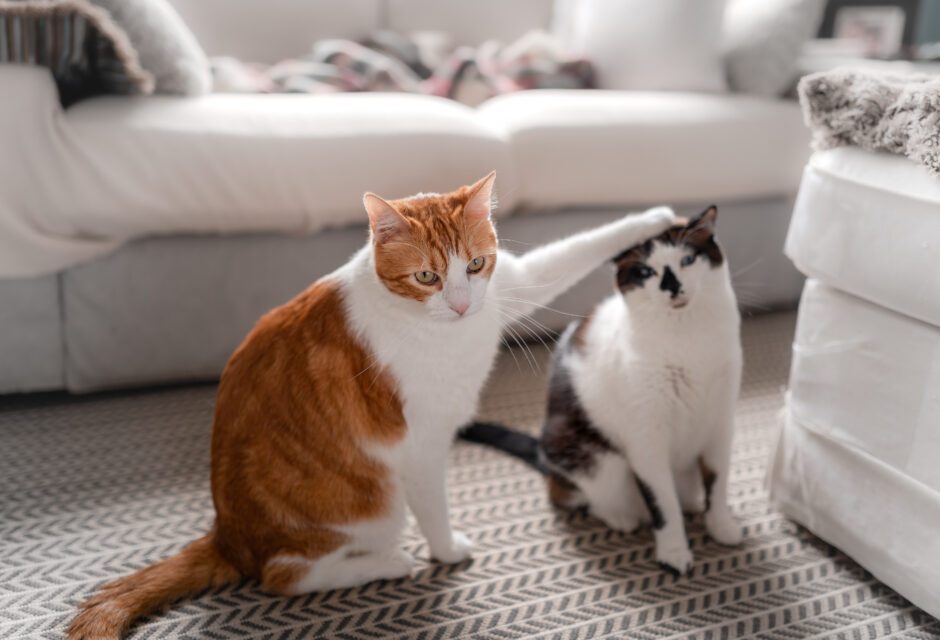

5 Ways to Help a Semi-Feral Cat Adjust to a Domestic Home
There’s a lot of time (and patience) that goes into helping a semi-feral kitty adjust to a new home—but it’s all worth it! Here’s how to succeed where others have failed.
Helping a semi-feral cat adjust to her environs can be time-consuming and challenging. Sadly, because of this, they are more likely to be sent back to their adoption agency. Semi-feral cats have a harder time finding good forever homes—but this doesn’t mean it isn’t worth the effort! While it can seem like a battle (one that sometimes threatens to verge on stalemate or out and out loss), there are a few key things you can do to make your new cat’s transition to a happy domestic life easier. And trust me, from personal experience, your time and love will definitely pay off. Once semi-feral cats have adjusted into their new lives, they are some of the most loving, affectionate, and appreciative cats you could ever hope for.
These five easy steps will help make your feral cat’s adjustment to their new home as quick and problem-free as possible.
1. Have a Dedicated Cat Room
When you bring your new cat home, have a safe room ready with all of your new cat’s amenities ready and waiting for her. It should have scratching posts, a few toys, food, water, and a litter box (ensure the food and litter are on opposite sides of the room). This room should be quiet and, for the time being, not for human use.
This space should also have some small and safe hiding places, like a cat house (check out this adorable cat teepee) or a blanket draped over a chair, but no places that are completely inaccessible to you, like under a bed, to prevent serious hiding as that allows the cat to completely remove herself from her new environment.
You should spend time in this room every day to help the cat acclimate to your presence. While in the room read out loud, or call someone, and just talk. This lets the cat learn the sound of your voice and become comfortable with it.
2. Put Food to Use
Food is the initial key to your new cat’s trust and eventual affection. Cats domesticate themselves for a steady food source. For the first little while, it is crucial that you stick to a regular feeding schedule so that your cat learns that you are, without fail, the bringer of delicious food. Once the semi-feral cat is comfortable enough to eat (it shouldn’t take too long), begin sitting in the room while she eats.
Do not interfere with her or the food during this time; this assures the cat that they are safe with you. If the cat is difficult to convince, you may have to start withholding food unless you are in the room. Food is also a great way to get your cat to do new and scary things. You can keep special food for the cat (“chicken in gravy” baby food is pretty much a guaranteed hit) to encourage new steps in becoming more comfortable with you. The offering of delicious food will help your feral cat come to you and become more and more used to her new domestic life.
3. Avoid Eye Contact
If you find your cat staring at you, do not engage. Eye contact is an aggressive act to feral and semi-feral cats. If you accidentally find yourself in a staring contest, the best thing to do is to calmly blink. Keep your eyes closed for a few seconds and turn your head away. This shows your cat that you do not mean to threaten them, and are taking a submissive role, which helps them feel safe and confident in the new space.
4. Don’t Force Physical Contact with a Semi Feral Cat
Your cat will come to you when she feels safe. This can be encouraged with food once the cat is more comfortable. Put a bit of the special baby food on your finger and have them lick it off. This initiates contact and allows the cat to have positive associations with you. To begin petting, extend a closed fist while you look away, and let the cat come to you and initiate any contact she feels comfortable with. Semi-feral cats take a lot of coaxing and letting them approach you will build trust.
5. Have Patience
Finally, the most important thing when adopting a feral cat is patience. These things take time, and cats are notoriously guarded. You need to let them have their space and learn that they are safe in their new home. This can take much longer than you would like, but your patience will be rewarded with such love and affection as will prove all the effort worthwhile.
Some other ways you can help feral, semi-feral, and community cats
- Learn the difference between feral cats and community cats, as not all cats on the street were originally born there! You can find cats that were displaced and simply need a new home. The displaced cats can be re-homed without much extra coaxing for human communication. The same goes for kittens born to a feral cat, young cats have a much higher chance of being socialized successfully.
- For older cats that are completely feral and unlikely to become a household kitty, one of the most humane ways to stabilize and reduce the feral community is through Trap-Neuter-Return (TNR). Work with your local animal shelter and learn how to help. TNR means fewer cats will be feral, therefore current feral cats will have a reduced risk of disease and more food.
- Care for your local feral cats by making a cat shelter!
Learn more about why feral kittens can still make great pets here!
Join the newsletter and never miss out on cat content again!
"*" indicates required fields
By clicking the arrow, you agree to our web Terms of Use and Privacy & Cookie Policy. Easy unsubscribe links are provided in every email.











